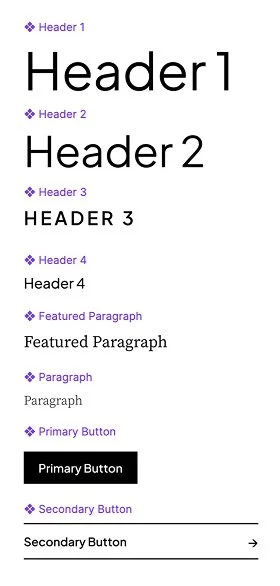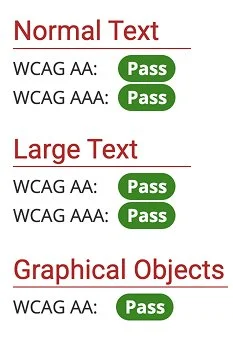Website design — Content strategyEverbright Legacy Law
Project Goal
From the end of one law firm, Everbright Legacy Law was created to give new life and vision to their work in elder and special needs law. Contracted through BWdB, I was tasked with creating a website for Everbright that reflected the depth of their commitment to clients as they navigate life’s transitions and secure their legacy. Their existing site was outdated, overly jargon-heavy, and didn’t visually express their warmth, expertise, or the way they support families over time. They wanted a design that would grow with their clients, just as they do, and new content to show their expertise and, more importantly, their care.
Understanding The Client
Through our discovery sessions, we focused on a key insight: elder law is not just about legal documents — it’s about relationships that evolve through each stage of life. Everbright’s clients often begin with simple estate planning and, over the years, return for guidance through aging, healthcare, and family changes.
Our challenge was to translate that continuum of care into a cohesive digital experience — something both approachable and professional, conveying trust and expertise while remaining human-centered.
The Approach
Visual Direction
I built the design around the core ideals of human-to-human connection, ongoing partnership, and expert guidance. Soft colors and watercolor textures evoked continuity and compassion, while blurry images with hover states that revealed the clear picture suggested clarity unfolding.
Content Strategy
I worked with the clients to create an information architecture and copy document that focused on a warm and inviting tone, while simplifying dense legal information into clear, accessible sections.
This structure allowed visitors to see themselves within Everbright’s story, rather than feeling lost in legal jargon.
Each service they provided was broken down into:
Introduction: Simple descriptions of this type of law to ensure users were looking at the right service.
Deliverables: What the firm would provide to the clients.
Audience: Who the service was intended for, often mitigating any preconceived notions of who was eligible for the type of service.
Team: Who would serve on this service to provide security in the expertise, but also a welcoming face.
Ongoing Services: Ways they could continue to serve clients in this service realm over time.
FAQs & Call to Action
User Experience
User Experience: The site was designed for an older demographic, emphasizing:
Larger, legible typography
Generous white space
Clear navigation with minimal cognitive load
Accessible color contrast and intuitive calls to action (WCAG AAA compliance)








